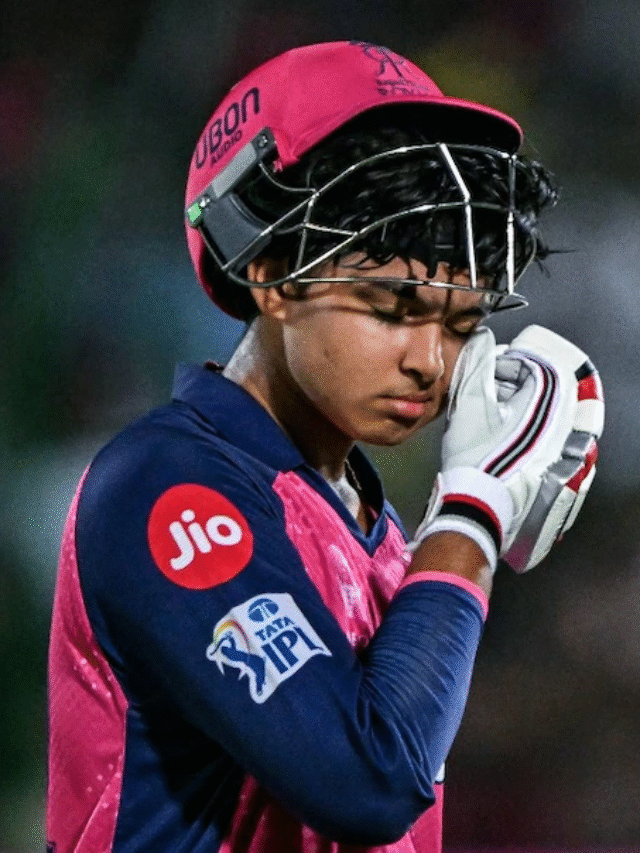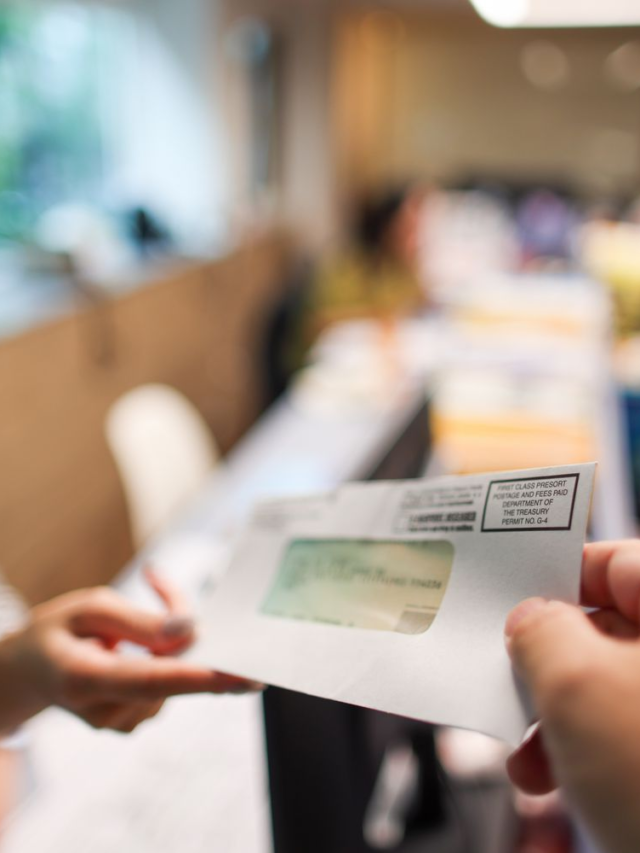The Income Tax Department has notified this change, which targets big-ticket items such as luxury handbags, wristwatches, designer footwear, and premium sportswear.
The rule, introduced in the Finance Act, during the Union Budget, aims to monitor high-value spending and boost tax compliance.
Sellers are now required to collect 1% TCS on the sale of these specified luxury goods, including:
- Wristwatches
- Paintings, sculptures, antiques
- Collectible items like coins and stamps
- Yachts and helicopters
- Luxury handbags and sunglasses
- Designer footwear and high-end sportswear
- Home theatre systems
- Horses for racing or polo
The tax will be collected at 1% of the sale amount, only if the selling price exceeds ₹10 lakh. For example:
If you buy luxury goods worth ₹30 lakh, the seller will collect ₹30,000 as TCS from you.
Sandeep Jhunjhunwala, Tax Partner at Nangia Andersen LLP, said, “This move strengthens the audit trail in the luxury segment and reflects the government’s broader goal of financial transparency.”
He added, “Sellers must ensure timely compliance with TCS rules. Buyers may also face stricter KYC checks and documentation.”
How buyers can claim TCS?
The seller is responsible for depositing the collected TCS against the buyer’s PAN (Permanent Account Number). This tax appears in your Form 26AS and can be claimed as a credit when you file your Income Tax Return (ITR).
If your final tax liability is lower than the total TCS collected, you can claim a refund. It works like TDS on salary, where the tax deducted is adjusted during ITR filing.
–With PTI inputs
First Published: Apr 23, 2025 3:02 PM IST






